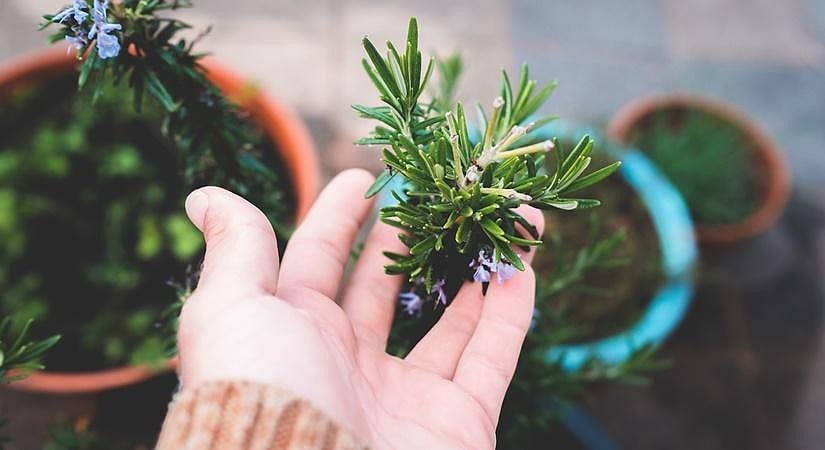Terrace gardening for healthy living aiding immunity booster

Work from home may also have some adverse impacts like mental fatigue and anxiety. An effective way to overcome this is engaging oneself in some creative activity, “gardening” being an option. With most people living in apartments, terraces and balconies can be a perfect place for it.
Rajesh Kumar, horticulturist of IFFCO Kisan My Urban Greens, suggests some ideas to help you set up that perfect terrace garden.
The Layout
The layout is the first yet most important step while setting up a terrace garden. One can either cover the entire surface with soil or use planters to grow plants.
Earthen or cement pots can be used to set up a mini garden; however, if you plan to grow your own veggies on your terrace, use of grow bags or installing grow stations would be a better option.
Terrace area should ideally receive proper sunlight, but in order to protect the plants from direct heat during summers, a shed is recommended.
Choose the plants
Depending upon the space, we can grow all kinds of plant, from organic fruits and vegetables to herbs to shrubs and flowers in the terrace garden.
As the pandemic has re-emphasised the importance of health and wellness, one can also consider growing immunity booster plants like aloe vera, giloy and tulsi.
In addition, growing natural air purifiers like Sansevieri -- green and variegated; money plant, areca palm, spyder plant, jamia and white pathos are also popular among the home gardeners.
Soil Preparation
In general, the soil should be fertile, containing the correct levels of moisture and minerals. Fresh soil from any farm with the right amount of organic manure and vermicomposting is good for planters. Organic manure or aged manures are the best ways to prepare the soil for gardening as they supply almost every nutrient to the plant. To avoid infestation of pests some amount of organic pesticides can be mixed in the soil.
For home gardening, soil mixes are available online or in nurseries. Coco peat is also a very popular choice for home gardeners as it helps in water retention, aeration for roots and protects the plant from soil fungus. Mix it with soil or apply 1 inch of coco peat layer over in the planter to retain moisture.
Watering
Some plants require more water, while others need less. Hence, it is important to monitor the requirement of water frequently. It also depends upon the season. Generally, one needs to water the plants 1-2 times a day in summers and perhaps every alternate day during winters. Depending upon the frequency of rains, the watering interval may go up and down during the rainy season. Check the topsoil if it has dried; it is time to rewater. It is essential to understand the requirement for different plants as over watering may lead to root decay.
Other requirements
Weeds disrupt the growth of plants. Removal of weeds on a timely basis is a healthy practice. This may be done once a week or fortnight. Also, for the healthy growth of plants, we can use compost or any other organic manure from time to time.